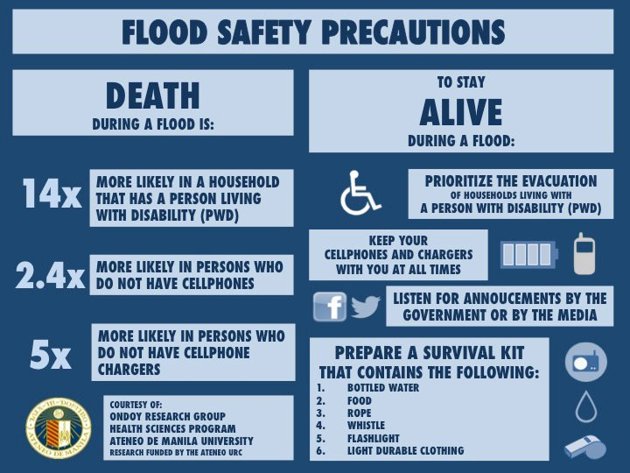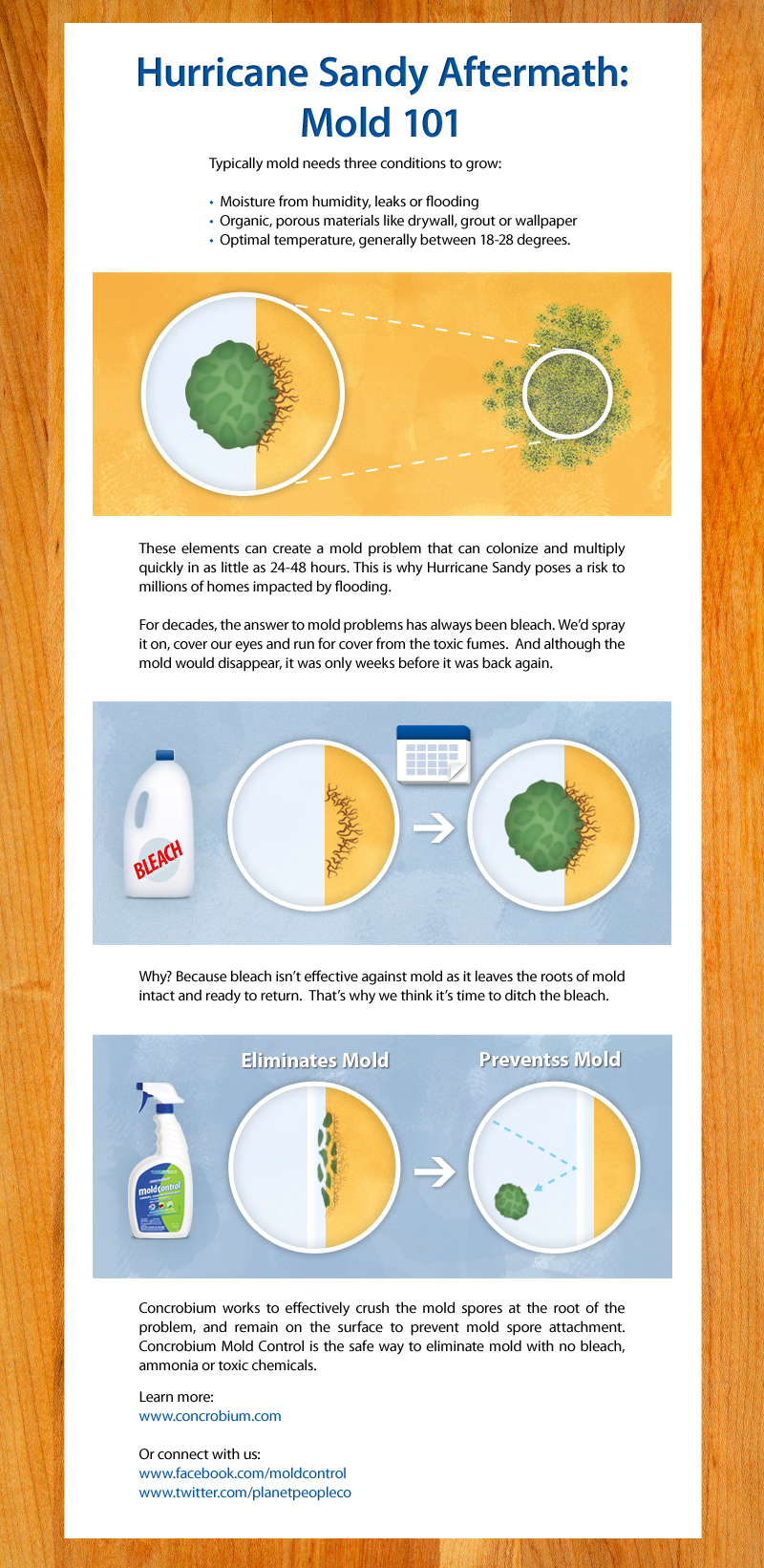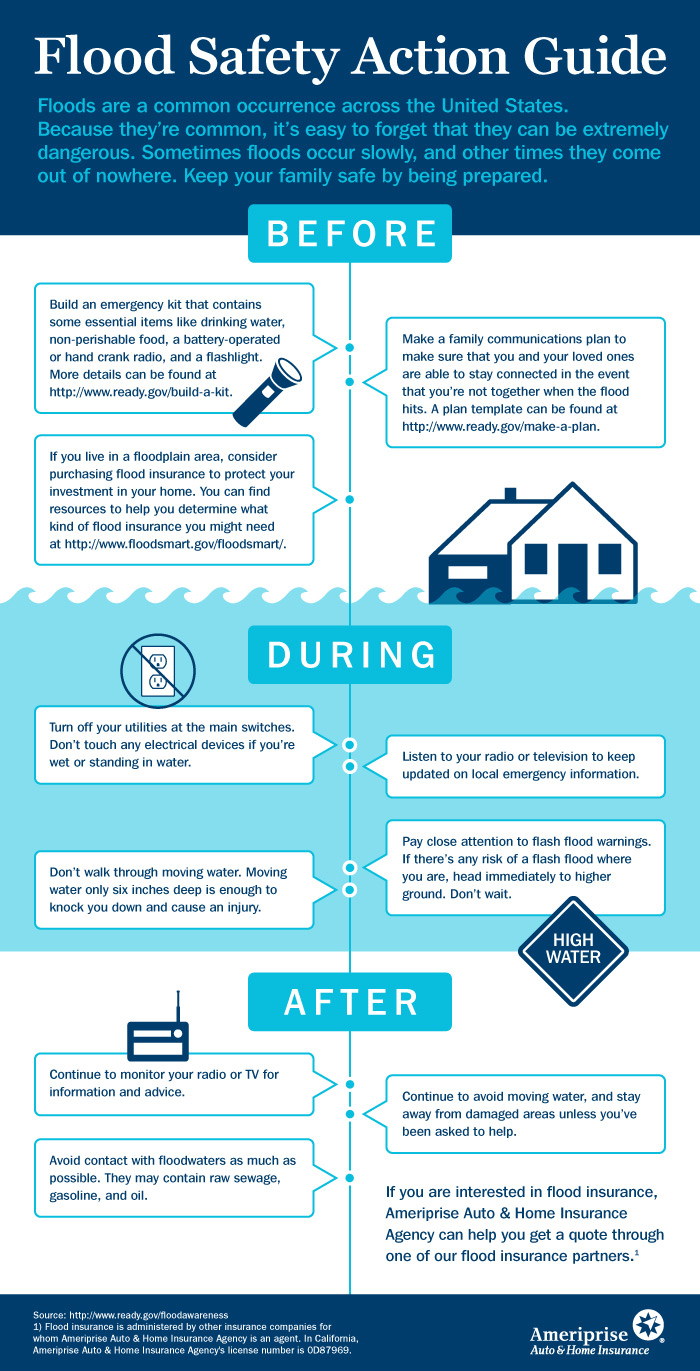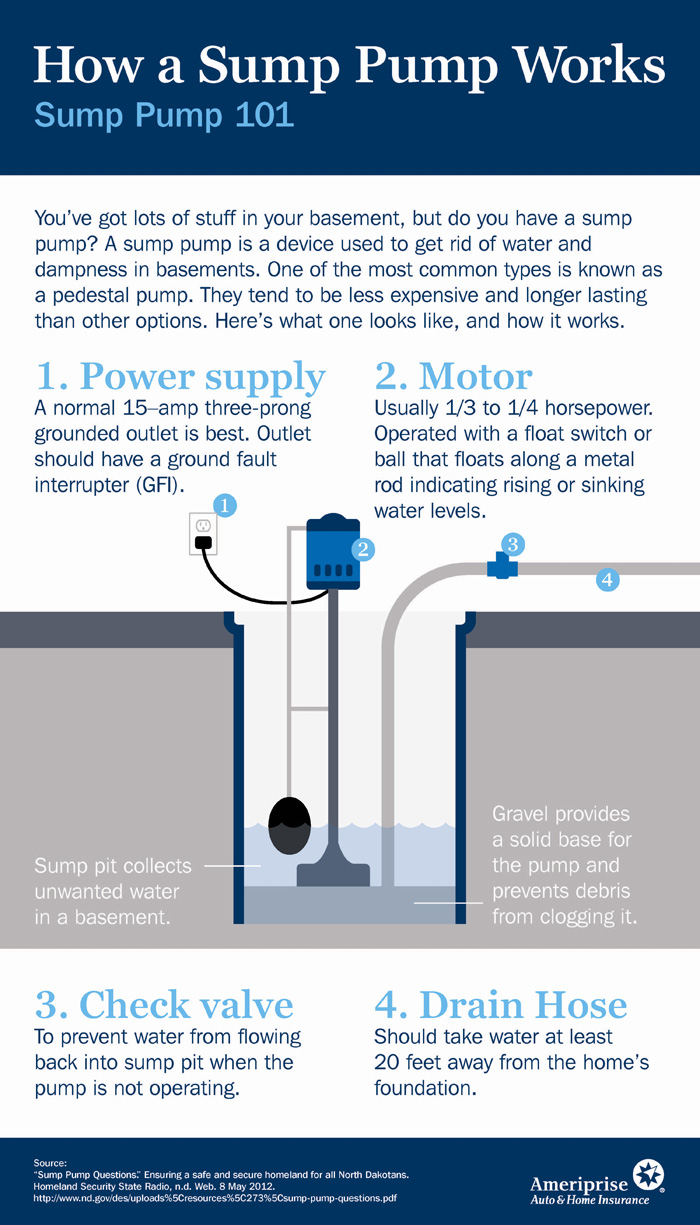ACS Building Services knows that flooding happens. Whether by natural disaster or manmade causes, the end result is often heartache, headache and an empty wallet. Mold begins to form after only 24 hours, and months of cleanup, financial burden, and negotiations with insurance companies usually follow. Luckily, My Alarm Center has developed this infographic to help you understand, and prepare for, the dangers of natural and manmade flooding. Read on to learn more, and don’t hesitate to call ACS with any of your flood-related needs. Source
Tag Archives: reconstruction services philadelphia
No More Ice Dams: Tips for Prevention
Ice dams are thick ridges of solid ice that build along the eaves (bottom edges) of your roof. These dams can tear down gutters, loosen shingles, and cause water to back up and pour into your home. When this occurs, paint begins to peel, floors become warped and ceilings stain or even begin to sag. Moreover, ice dams create soggy insulation in the attic, which eats into resale value and becomes a breeding ground for mildew and mold.
View the short presentation below, courtesy of Mike Otto owner and CEO of Fair & Square Remodeling, to learn more about how ice dams form, how you can prevent them from forming and how to quickly fix them if they’ve already formed. Source
What to do During a Flood Warning [INFOGRAPHIC]
This month’s infographic, courtesy of Ecclesiastical Insurance, illustrates what to do before, after and during a flood. Source
[INFOGRAPHIC] Dealing with Mold after Hurricane Sandy
This month’s infographic teaches us some of the basics about mold and why Bleach may not be effective in treating mold problems. Infographic courtesy of: Concrobium
Flood Safety Action Guide [Infographic]
Today’s flood safety infographic, courtesy of Ameriprise Auto & Home Insurance, illustrates how to protect ourselves before, during and after a flood occurs.
Flood Response [Infographic]
Here’s a flood safety precautions infographic that just may save your life!
Courtesy of the Ondoy Research Group Health and Sciences Program of the Ateneo de Manila University

How a Sump Pump Works [INFOGRAPHIC]
According to the American Society of Home Inspectors, more than 60 percent of American homes suffer from below-ground wetness [source: Basement Systems]. But even more homeowners are likely to have to deal with a flooded basement at some point. It doesn’t take much water to cause thousands of dollars of damage. A moist basement can also lead to mold and mildew growth, bringing with it all its related health and breathing hazards. Source: http://home.howstuffworks.com/home-improvement/plumbing/sump-pump.htm
A sump pump can help protect your investment and personal property from water damage. Learn how it works below.Sump Pump Logistics – Here’s the Basics
Infographic by Ameriprise Auto & Home Insurance
Flood Safety Tips [INFOGRAPHIC]
Here are some safety tips to prepare for rising water—
and what to do once a flood has begun.
Infographic design by Karl Cryer for ANC
Source: ph.she.yahoo.com via Carrie on Pinterest
Common Household Molds and Your Health [INFOGRAPHIC]
Did you know that there are over 400,000 different kinds of mold in the world? Mold can grow just about anywhere, including on food, clothing, soil, walls, floors, and ceilings. You have probably seen fuzzy bluish-green mold on expired fruit, but mold can also grow in places you can’t readily see. Mold especially loves dark, damp places like basements and bathrooms. If your basement has been flooded or you have a leaky basement, there’s a good chance you have mold in your house right now. It is important to repair your wet basement to prevent more mold from growing, as it can damage both the structure of your house and your health. Some molds cause allergic reactions like coughing and runny noses, while others may cause serious health problems such as cancer. Check out our infographic to learn more about household molds lurking in your basement and how they can affect your health.
Infographic courtesy of Basement Technologies
Too Much of a Good Thing: Water Damage and Your Home [INFOGRAPHIC]
Water is an essential part of life, but it can cause major damage when there is too much of it in the wrong place. Water damage can strike homes of all ages and sizes, so it is important to be aware of the common causes of water damage. If you have experienced water damage in your home, you’re not alone: 37% of homeowners claim losses from water damage, and it is the second-most often filed insurance claim in the U.S. Whether your water damage comes from an overflowing toilet, a leaking washing machine, or an Orlando thunderstorm, you will need the help of a professional water damage restoration company to make your home safe, clean, and dry again. Check out this infographic to find out what to do about water damage in your home. Please share to help fellow homeowners keep their houses safe and dry!
Infographic courtesy of Restorative Pros








